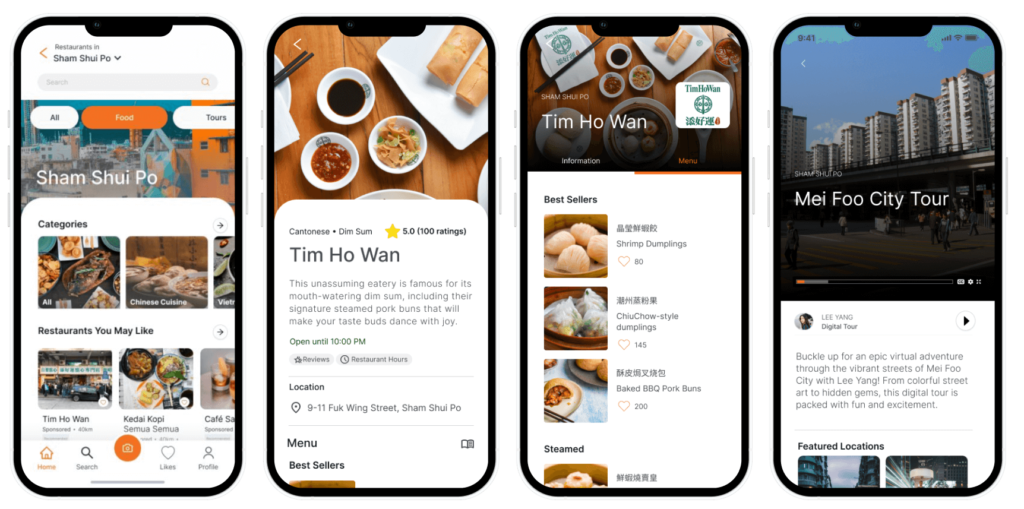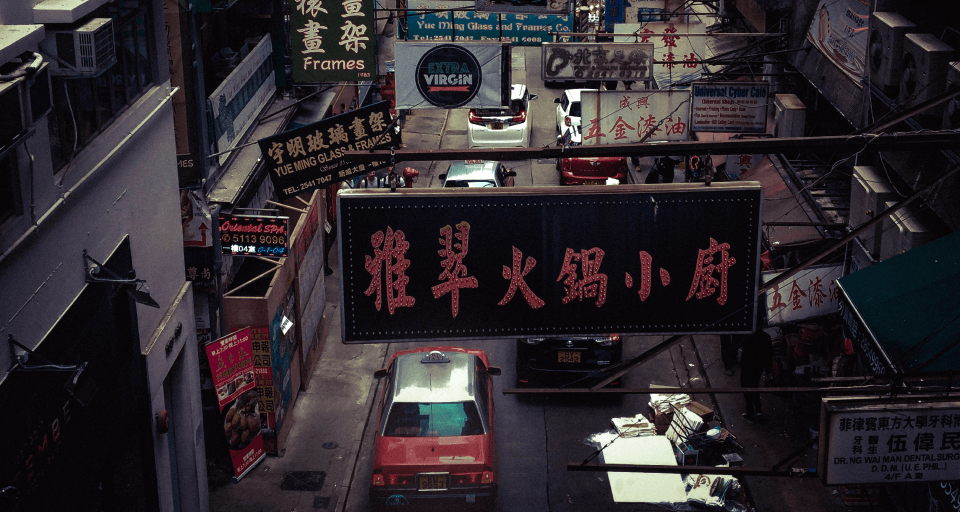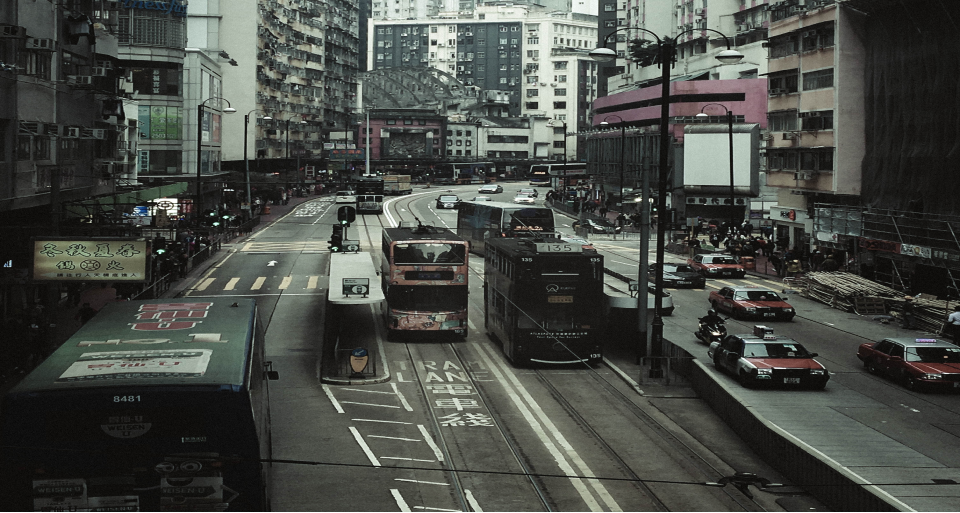Vanishing Signs
The design problem behind the ‘Vanishing Signs’ app is gentrification. The conceptual app offers users an authentic and personalized tourism experience in gentrified areas, while supporting the local community. Vanishing Signs is an example of how digital innovation can be used to aid in social tensions, empower older generations to remain competitive, and solve complex problems.
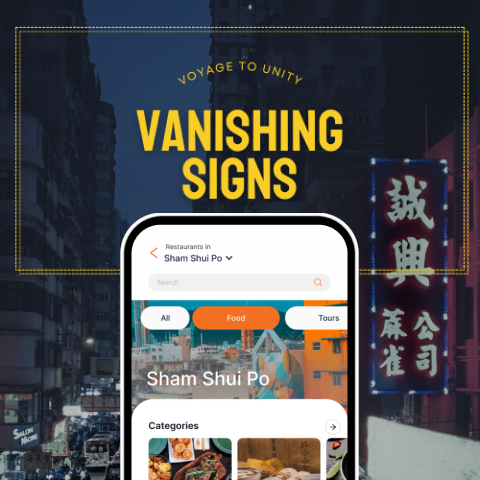
Design Problem
One of the leading sources of gentrification is rooted in tourism.
In our increasingly socially-aware age, there is an interest in sustainable tourism. However even in the case of those uninterested in leaving some form of social mark, those coming from different cultures may spend hundreds to thousands in search for an authentic experience only to be disappointed as they’re met with a metropolitan visage similar to home.
Local businesses meanwhile face challenges as a result of rising rents and lack of visibility.
This app aims to address these issues by highlighting “hidden gems” (authentic sights and areas in gentrified areas), highlighting local businesses, and promoting ethical and sustainable practices. It balances providing business value while fulfilling user needs.
User Research
The target audience falls into two segments.
Local Business Owners
Business owners and employees of small to medium shops struggling to find a place on the map and bring in new customers.
Concept Research
Provide Hidden Gems & Enable users to reach new markets
The app can highlight ‘hidden gems’ such as delicious local restaurants and businesses that may be known to residents but unknown to international audiences. This can drive interest, provide income for smaller businesses and allow them develop a digital/social media presence that older generation owners may be unable to create for themselves due to lack of experience.
Create innovative forms of exploring cities & communication
The app can integrate photos of the streets through history, featuring any lost signage or sights, while providing narration of the area’s history through walking tours. Tours can be arranged fully digitally, or users can meet up with locals wishing to act as tour guides. The app can also allow users to communicate with each other, share tips and recommendations, and ask questions about the area. This can help visitors connect with the local community.
$15
Business Case
Tapping into the Market of sustainable tourism
By documenting gentrified areas and promoting local businesses, the app can tap into a booming trend and provide for the sustainable tourism market who focus on local communities, culture, and environment.
Uniting experience with business value
An app that highlights “hidden gems shared by locals” creates the impression of a shared experience entrusted to the tourist. This shared experience will increase chance of word of mouth sharing and recommendations to friends and family, while also boosting profits of the businesses.
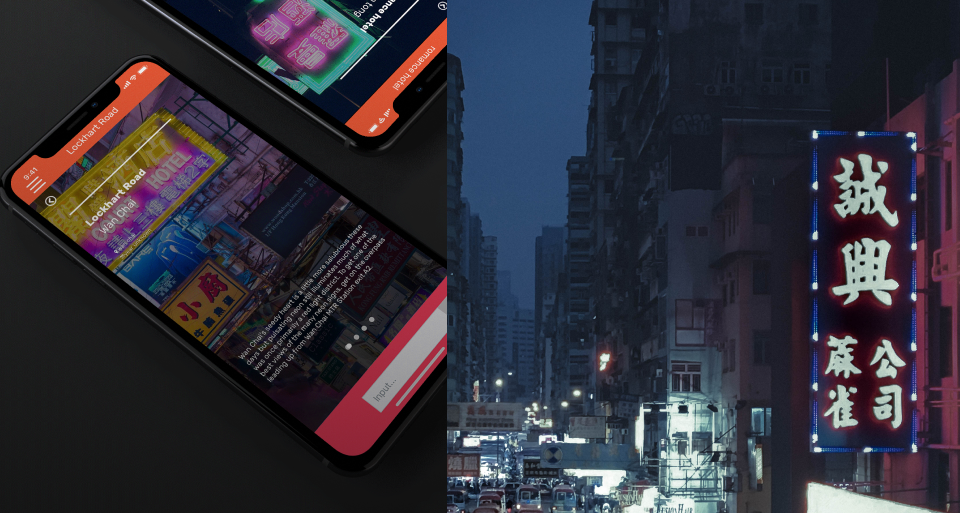
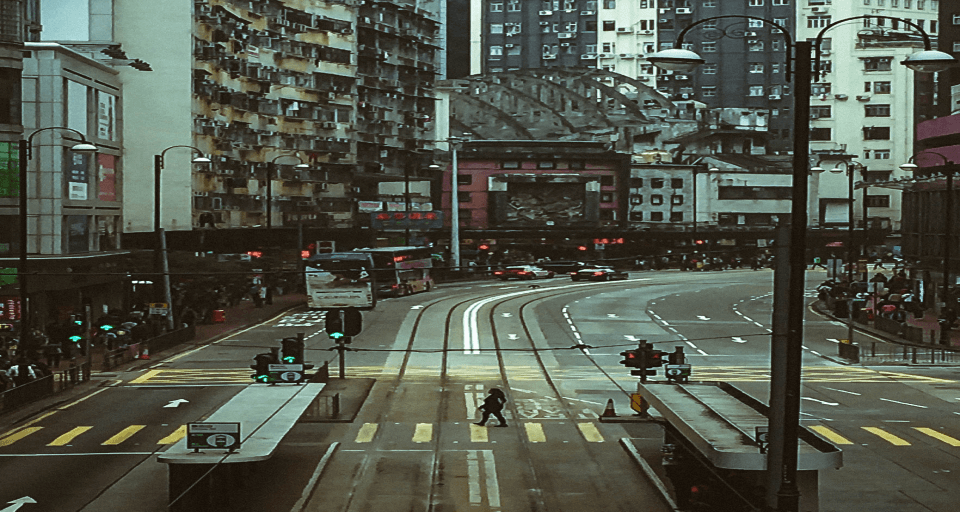
Generating revenue through partnerships
In exchange for bringing in a new market, businesses can work with the app to provide exclusive deals and promotions to its userbase. Special offers can also be provided to those who participate as reviewers or guides as incentive for participation. This can help businesses attract more users, customers and generate revenue.
Monetizing User Data & Expansion
The app, as it gains popularity, can easily be expanded to reach and serve other cities experiencing the same struggles with gentrification. The system, with its emphasis on enabling local businesses, makes it easily sustainable and transplantable to different cultures. Through frequency of use, the app can collect user data, such as user preferences, interests, and feedback, to offer personalized promotions and offers. The app can receive monetization without charging users directly.
Design Evaluation
Feasibility
The technology for the app is not complex
Viability
The app can be easily expanded to cover other cities and even countries where gentrification is an issue.
The app creates a bridge between making profit and promoting history and local culture.
Desirability
Older generation business owners would find an appeal in having a social media presence created for them as they focus on providing the best service they can
Tourists would be provided with photo opportunities and be able to feel social validation for contributing through social tourism.
App would be able to partner with local businesses and government agencies to promote tourism in various cities.


